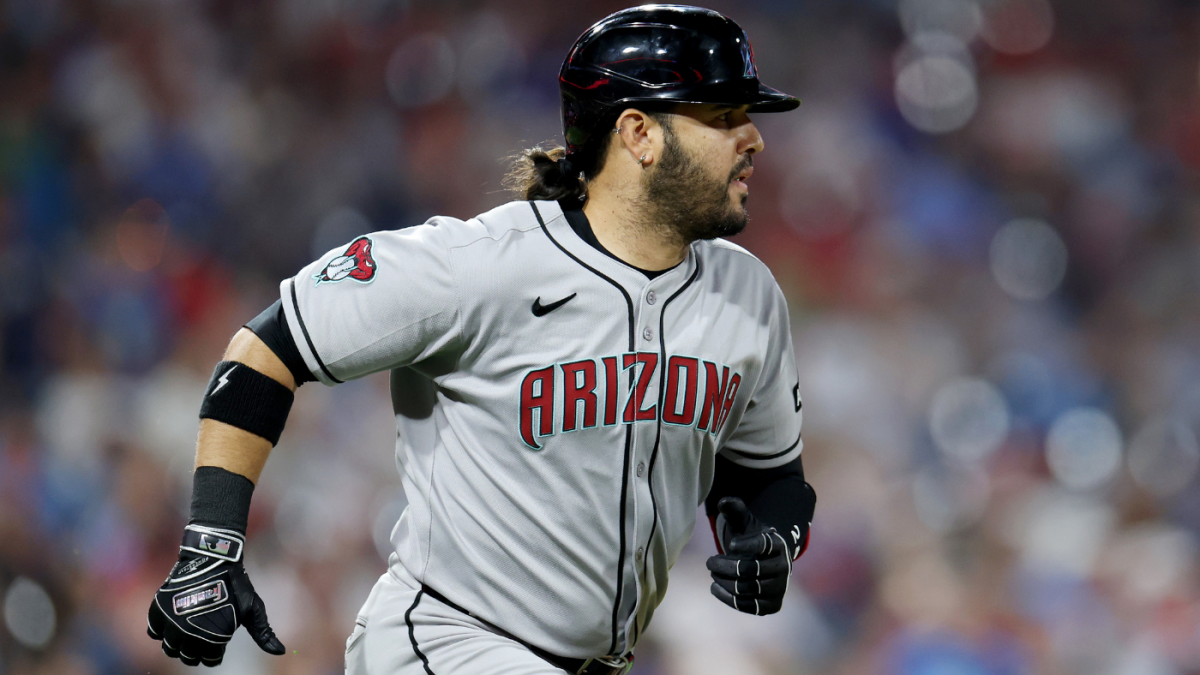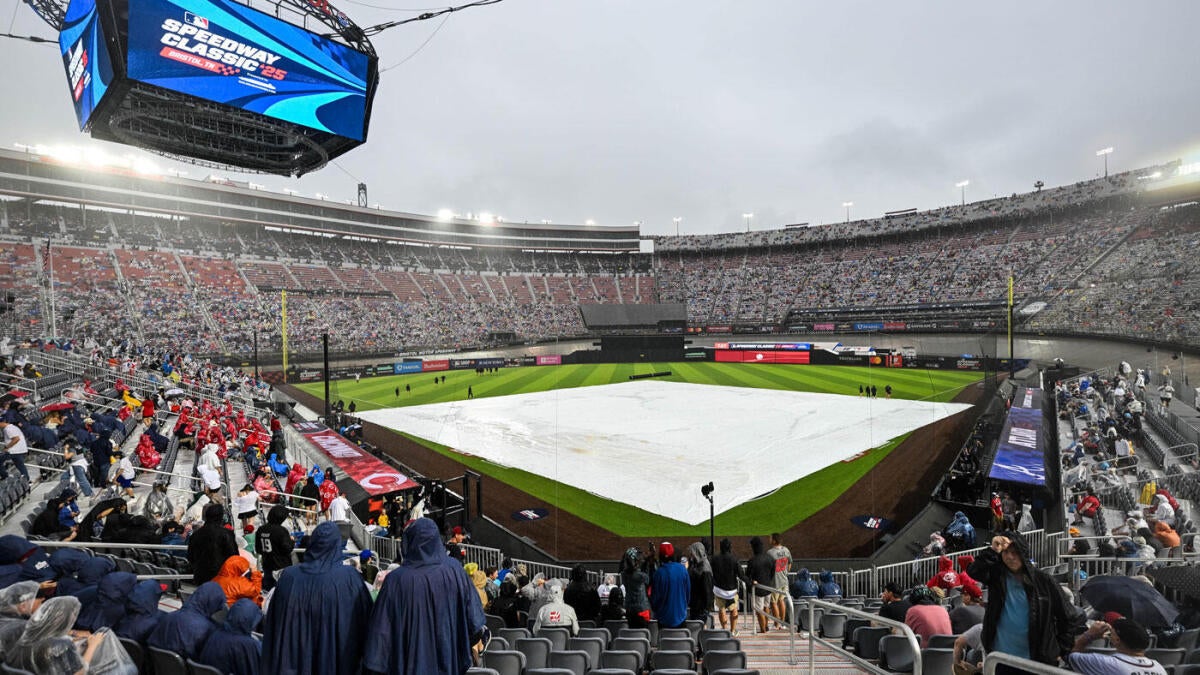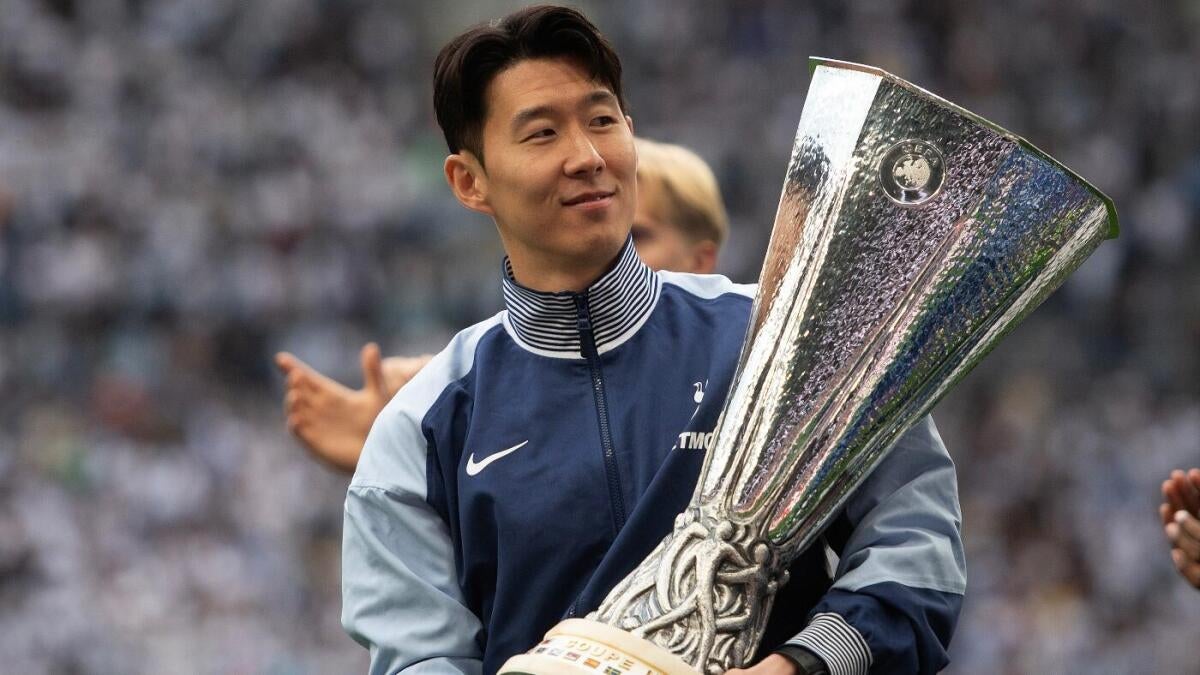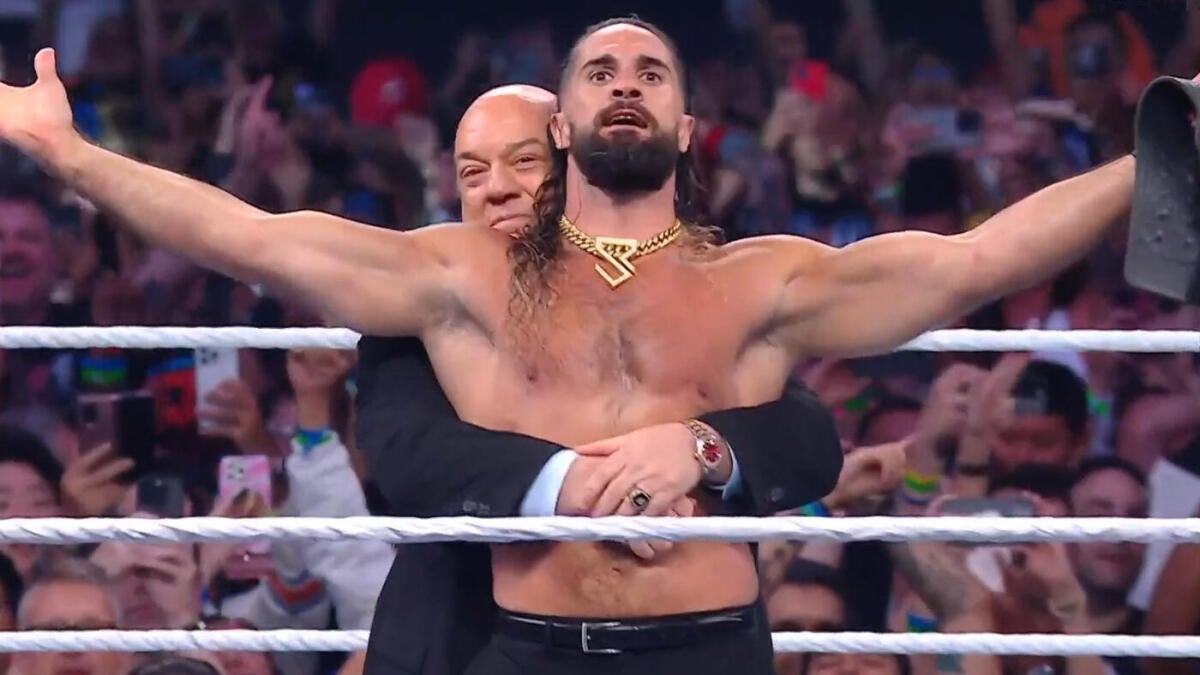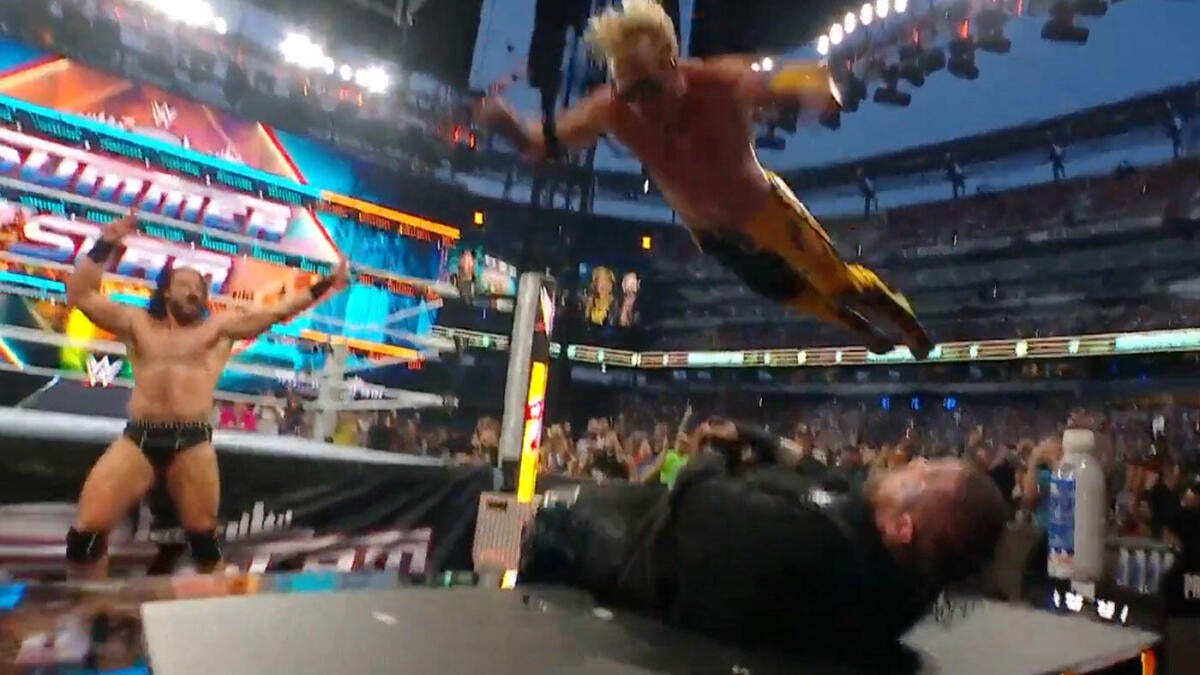Eugenio Suárez’s Injury Scare: A Critical Analysis of Its Impact on the Diamondbacks and MLB
The Unpredictable Nature of Baseball
Baseball is a game of inches, where split-second decisions and unpredictable moments can alter the course of a season. The recent incident involving Arizona Diamondbacks third baseman Eugenio Suárez exemplifies this unpredictability. A high-velocity pitch striking Suárez during a critical juncture in the season sent shockwaves through the baseball community, raising concerns about his health, the Diamondbacks’ prospects, and the broader implications for the MLB trade market. This analysis delves into the incident, its immediate and long-term effects, and the broader context of player safety and team strategy.
The Incident: A Moment of High Stakes
The incident occurred during a high-stakes game, with Suárez being struck by a 95.6 mph pitch. The impact was immediate and severe, causing Suárez to drop to his knees in visible distress. The severity of the hit raised immediate concerns about potential fractures or other serious injuries. The timing of the incident was particularly sensitive, as it occurred just before the MLB trade deadline. Suárez, a key player for the Diamondbacks, was a prominent figure in trade discussions, making the injury a significant concern for both the Diamondbacks and potential suitors.
Immediate Reactions and Concerns
The initial reaction to the incident was one of collective concern. The Diamondbacks’ medical staff and management would have been immediately alerted, with a focus on assessing the extent of the injury. The potential for a serious injury could have had far-reaching consequences, not only for Suárez’s immediate playing status but also for his trade value. The prospect of losing a key player, even temporarily, would have been a significant blow to the Diamondbacks’ season and their strategic plans.
The X-Ray Results: A Collective Sigh of Relief
Fortunately, the initial fears were allayed when X-rays revealed no structural damage. This news brought a collective sigh of relief throughout the Diamondbacks organization and among teams interested in acquiring Suárez. While the negative X-ray results were encouraging, it’s important to remember that they only rule out fractures. Bruising, swelling, and other soft tissue injuries can still impact a player’s ability to perform, potentially leading to missed games and a decrease in effectiveness.
The Impact on Suárez and the Diamondbacks
The incident had an immediate impact on Suárez and the Diamondbacks. Suárez was removed from the Home Run Derby as a direct result of the injury, underscoring the caution being exercised. The Diamondbacks, while relieved by the X-ray results, likely monitored Suárez closely in the days following the incident. Any lingering pain or discomfort could affect his performance at the plate and in the field.
The team’s approach to Suárez’s recovery and return to play would have been carefully considered. They would have been balancing the need to get him back on the field with the risk of aggravating the injury and potentially causing further damage. The Diamondbacks’ medical staff would have likely implemented a rehabilitation program focused on reducing inflammation, restoring range of motion, and gradually increasing Suárez’s tolerance for baseball activities.
The Broader Implications: Trade Value and Future Performance
Even with negative X-rays, the incident may have subtly influenced Suárez’s trade value. While a major injury was avoided, potential suitors might have become slightly more cautious, factoring in the risk of lingering effects from the hit-by-pitch. However, the fact that he avoided a serious injury likely meant that his trade value remained relatively high. His performance in the games following the incident would have been crucial in reassuring potential buyers that he was fully recovered and ready to contribute.
Suárez’s own mindset is also a crucial factor. Being hit by a pitch at such high velocity can be a jarring experience, potentially leading to a degree of apprehension at the plate. Overcoming this psychological hurdle would have been essential for Suárez to regain his confidence and maintain his offensive production.
The Recurring Theme: Shane Smith and Control Issues
Interestingly, this wasn’t the first time Suárez had been hit by a pitch from Shane Smith. Smith had previously hit Suárez in June, causing him to miss time. This detail adds another layer to the narrative, raising questions about whether these incidents are simply coincidental or indicative of a deeper issue. While accidental HBPs are a part of baseball, the recurring nature of these incidents with Smith might have prompted further scrutiny and discussion. The report also notes that Smith “sits near the top of the league in HBPs with 10 on the season,” further suggesting a potential pattern of control issues.
The Psychological Impact on Suárez
The psychological impact of being hit by a high-velocity pitch cannot be overstated. Suárez, like any professional athlete, would have to overcome the mental hurdle of facing pitches again without flinching. The fear of being hit again could subtly affect his performance, making him more cautious at the plate. This psychological aspect is a critical factor in his recovery and return to form.
The Diamondbacks’ Strategic Considerations
The Diamondbacks’ management would have been carefully considering the strategic implications of the incident. If Suárez’s performance were to dip due to the injury, it could affect their standing in the league and their chances of making the playoffs. Conversely, if Suárez were to recover quickly and perform at his best, it could enhance their prospects and potentially increase his trade value.
The Broader Context: Player Safety in MLB
The incident also highlights the broader issue of player safety in MLB. While hit-by-pitches are a part of the game, the increasing velocity of pitches and the physical demands on players raise concerns about long-term health and safety. The MLB has implemented various measures to protect players, but incidents like Suárez’s serve as a reminder of the ongoing need for vigilance and innovation in player safety.
Conclusion: A Lesson in Resilience and Adaptation
Eugenio Suárez’s injury scare serves as a stark reminder of the inherent risks in baseball and the delicate balance between player health and team aspirations. The negative X-ray results provided a collective sigh of relief, averting what could have been a significant setback for the Diamondbacks and a major disruption to the trade market. However, the incident underscores the importance of ongoing monitoring and a cautious approach to Suárez’s return to full form. While the bullet was dodged, the potential for lingering effects remains, making Suárez’s performance in the coming weeks a critical factor in shaping his future and the Diamondbacks’ success.
The incident also highlights the resilience and adaptability required in professional sports. Players like Suárez must overcome physical and psychological challenges to perform at their best. Teams must navigate the complexities of player health, performance, and strategic considerations to achieve their goals. In the end, the incident serves as a reminder of the unpredictable nature of baseball and the constant need for vigilance and adaptability in the pursuit of excellence.







